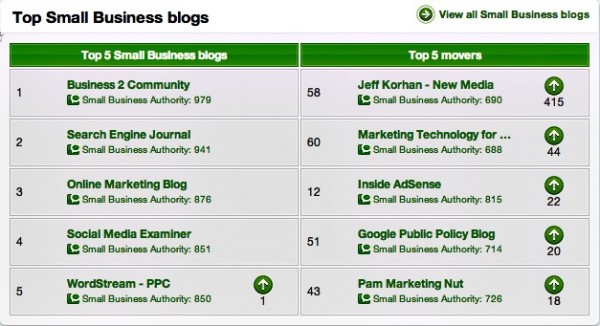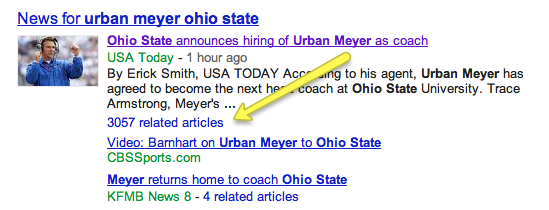Sharing is a human activity that is driving the social web these days.
Thus, it is one that deserves your attention if you expect to be relevant in the communities you engage with and your business serves.

Social Sharing and Social Graphs
Anytime a link is shared on the social web it creates a node in multiple social graphs – yours and those you are sharing with.
Those nodes are searchable by Google and the other search engines. This is why Google encourages sharing – and why their red-hot their Google+ social network makes it so easy to do this.
Here’s an extensive article for those that want to learn more about How to Prepare Your Business for Social Search. And here’s an earlier one that details What Your Business Needs to Know About Social Graphs.
Google+ is still available by invitation only. They are still rolling out anticipated options, such as the equivalent of Facebook pages for business.
When you do get access to Google+ you should plan on jumping in feet first.
Let me explain why.
Google is 100% Searchable – Facebook is Not
Facebook is presently the largest social networking community.
However, Facebook is not searchable – for the most part. Sure, Facebook pages are being indexed by Google and Bing, but the majority of the rich content on Facebook that is being shared amongst friends via their personal profiles is invisible to all of the search engines.
Yesterday this site profiled Wajam, a social search engine that is doing its best to bring you the recommendations of your friends on Twitter and Facebook, and they are doing an admirable job at that – slowly but surely focusing search on those whose opinions you value most.
It’s a resource that I’ve found to be valuable.
Nevertheless, the average consumer uses Google to search the open web, which is why that big pond is still the place to be if you expect to tap into the the 2/3 majority of searches being made on the web.
Today Facebook CEO Mark Zuckerberg revealed in this video that sharing on Facebook is growing exponentially.
His intent is obviously to encourage more advertisers to tap into the 750 million active Facebook users. For this reason, even if you are a small business, Facebook is an ideal place to advertise.
Nevertheless, you cannot deny the fact that Google serves up 65% of all search results on the open web.
Share and Share Alike
The key to being findable by your ideal future customers is to understand is as follows:
1. Understand you have a social graph for each and every social networking site. Create content for your communities on those sites and encourage sharing. This enhances your social graph, and thereby aligns you with more of your potentially ideal customers.
2. Recognize that search drives the web, and content drives search. You and your small business have to take content marketing seriously. Help your community with your expertise and they will willingly share your message with their friends.
3. Share and share alike. Sharing is a team sport. When you help to share the hard work of your friends, peers, and even complete strangers, you will encourage more sharing of the expertise you have worked so hard to acquire and capture on your blog, website, Facebook page, or wherever you make your home on the social web.
If you have been hanging around here for a while, you know I only comment on what I have thoroughly experienced – and therefore recommend.
As I learn and experience more with Google+ I will comment further.
In the meantime, take sharing to heart and Dust off Your Google Profile to get ready for Google+.
When you do get access to Google+, that descriptive profile will have you off to the races for ramping up the web visibility and reputation of your small business.
And that will surely lead you to more referrals.
Do you have any doubts that search is going social – and that sharing is a vital component?
Sorry about the abundance of links, but I had a lot to share!
Leave a comment below or share this with your social community on Facebook or Twitter. You may also wish to try the Google+1 button in the red bar at the bottom of your browser.
Until tomorrow, Jeff










